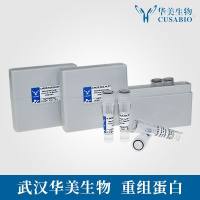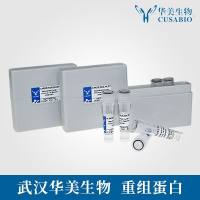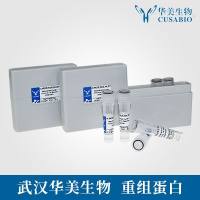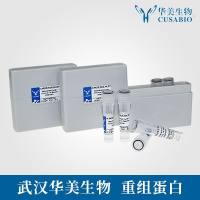Creation of Hybrid Nanorods From Sequences of Natural Trimeric Fibrous Proteins Using the Fibritin Trimerization Motif
互联网
互联网
相关产品推荐

yscM/yscM蛋白/Low calcium response locus protein Q蛋白/Recombinant Yersinia pseudotuberculosis serotype I Yop proteins translocation protein M (yscM)重组蛋白
¥69

PRDX2/PRDX2蛋白Recombinant Human Peroxiredoxin-2 (PRDX2)重组蛋白Natural killer cell-enhancing factor B蛋白
¥1500

Recombinant-Saccharum-hybrid-Chloroplast-envelope-membrane-proteincemAChloroplast envelope membrane protein
¥10822

Recombinant-Bovine-Trimeric-intracellular-cation-channel-type-ATMEM38ATrimeric intracellular cation channel type A; TRIC-A; TRICA Alternative name(s): Transmembrane protein 38A
¥11438

AKAP4/AKAP4蛋白Recombinant Human A-kinase anchor protein 4 (AKAP4)重组蛋白A-kinase anchor protein 82KDA Short name: AKAP 82 Short name: hAKAP82 Major sperm fibrous sheath protein Short name: HI Protein kinase A-anchoring protein 4 Short name: PRKA4蛋白
¥1836

